Woodlawn in the 20th century
By the late 1890s, Woodlawn had been abandoned. Woodlawn & Pope-Leighey House Collection.
By 1900, Woodlawn had fallen into disrepair. Abandoned and severely damaged by a tropical storm in 1896, the mansion was left unoccupied for nearly a decade.
In 1901, brothers Paul and Vaughn Kester purchased the estate and began to renovate the building and grounds. Attracted to the mansion by its historical association with George Washington and a romanticized vision of the antebellum South, the Kesters preserved the mansion from deteriorating further.
Elizabeth Sharpe restored the mansion’s historic façade, but kept many of the additions made by the Kester family. Woodlawn & Pope-Leighey House Collection.
In 1905, the Kester family sold the property to Elizabeth Sharpe, a coal heiress from Pennsylvania, who continued restoration efforts and brought the mansion closer to its historic appearance. When Sharpe died in the 1930s, the mansion was sold to Oscar and Bertha Underwood. The Underwoods made further changes to the home, transforming the south wing into a grand dining room. The Kesters, Sharpe, and Underwoods all employed residents from the surrounding Woodlawn community to work on the renovations, including members of the Holland and Quander families.
After Oscar Underwood passed in 1929, Bertha resided at Woodlawn intermittently until her death in 1948. The Underwood estate put the mansion up for auction and it was soon purchased for use as a Catholic school. Notable historic preservationists protested, arguing that Woodlawn should be used as a “patriotic shrine,” akin to nearby Mount Vernon. Given a second chance to bid on the mansion, preservationists formed the Woodlawn Public Foundation and raised $170,000 to purchase the site in 1948.
The Woodlawn Public Foundation funded restoration efforts and were the first to operate Woodlawn as a museum, but soon found the mansion to be too costly and difficult to maintain. Among their board were trustees of the newly formed National Trust for Historic Preservation, which took over Woodlawn as its first public site in 1957 and own the site today. Preservation efforts at Woodlawn are ongoing, and historic interpretation of the site continues to evolve as we seek new perspectives on the history of the mansion and surrounding landscape.
The Woodlawn Public Foundation’s dedication ceremony, marking the opening of Woodlawn as a museum, circa 1949. Woodlawn & Pope-Leighey House Collection.



